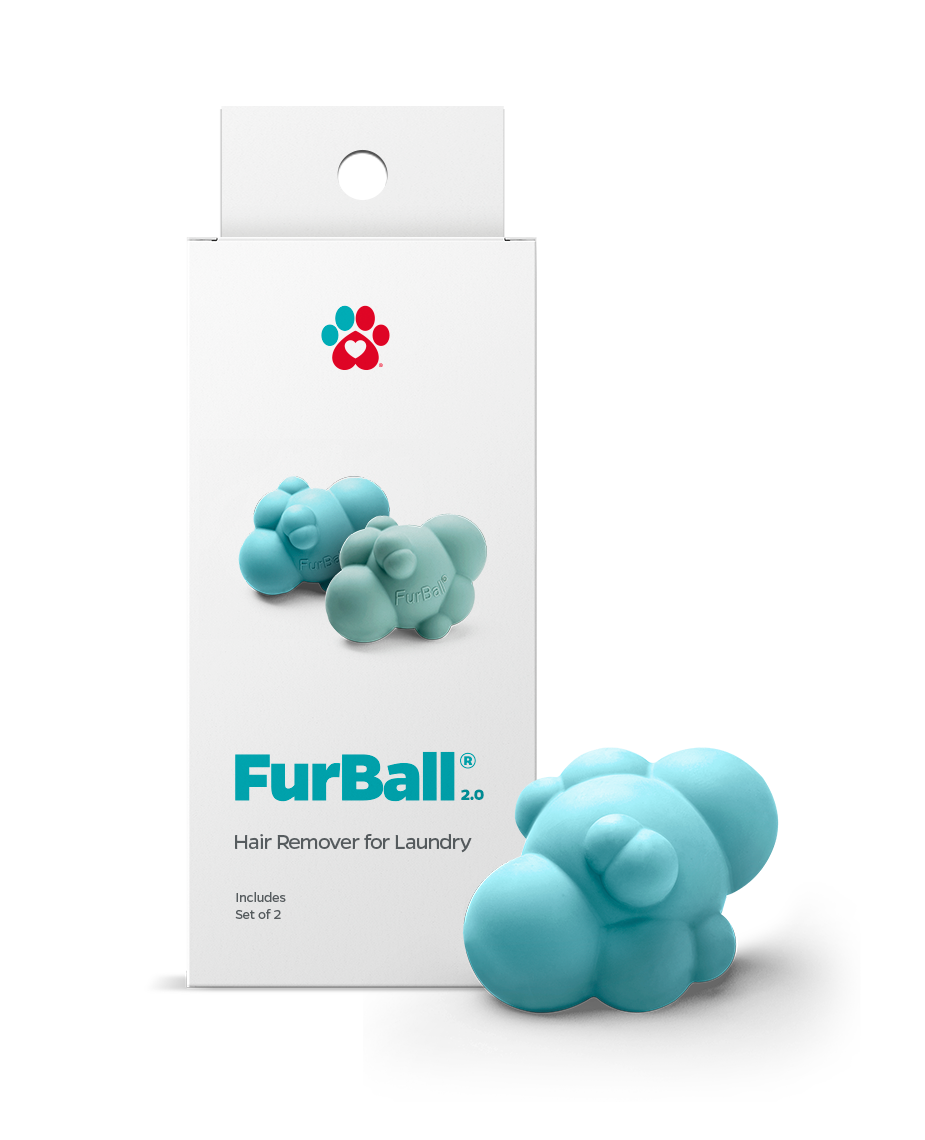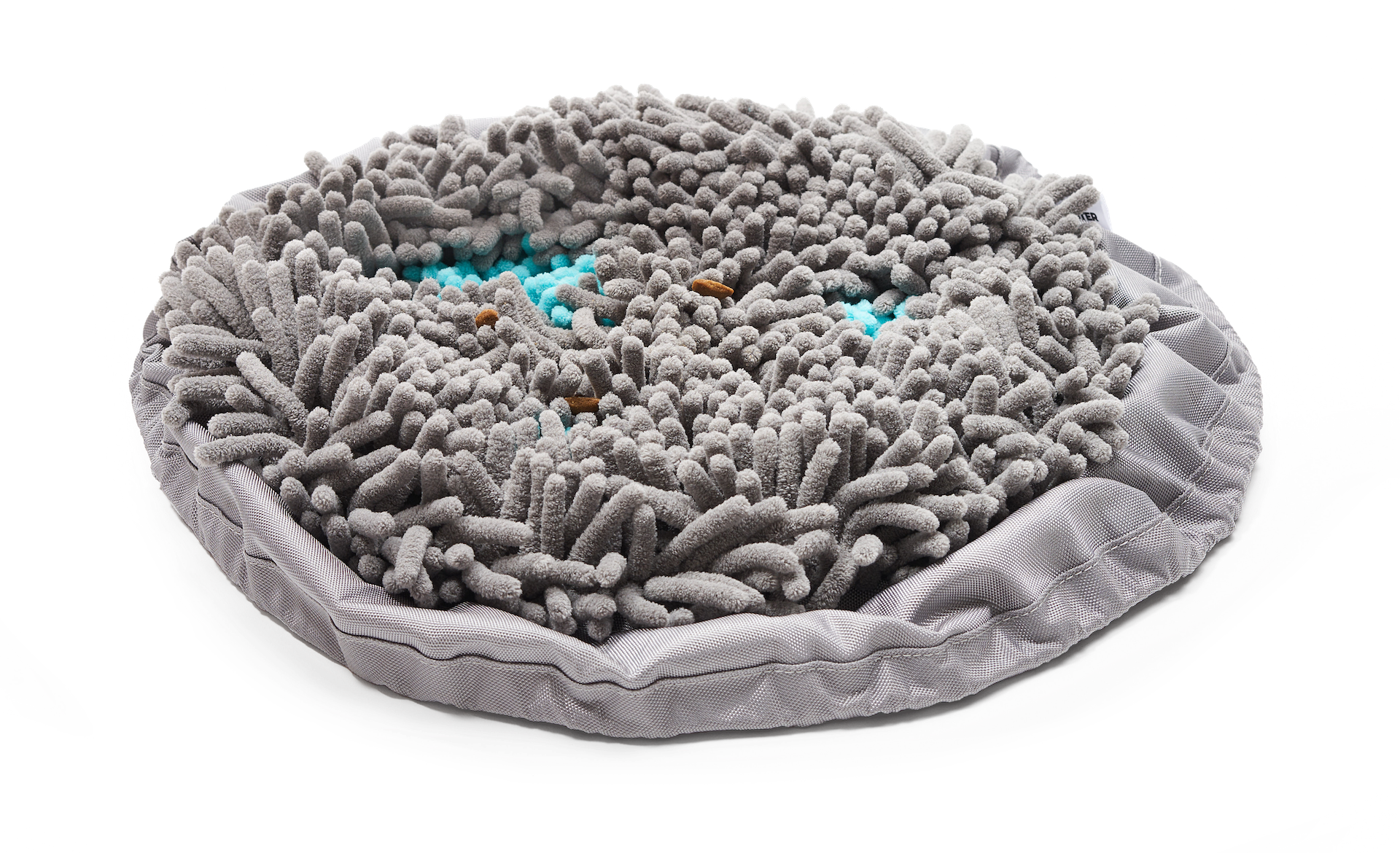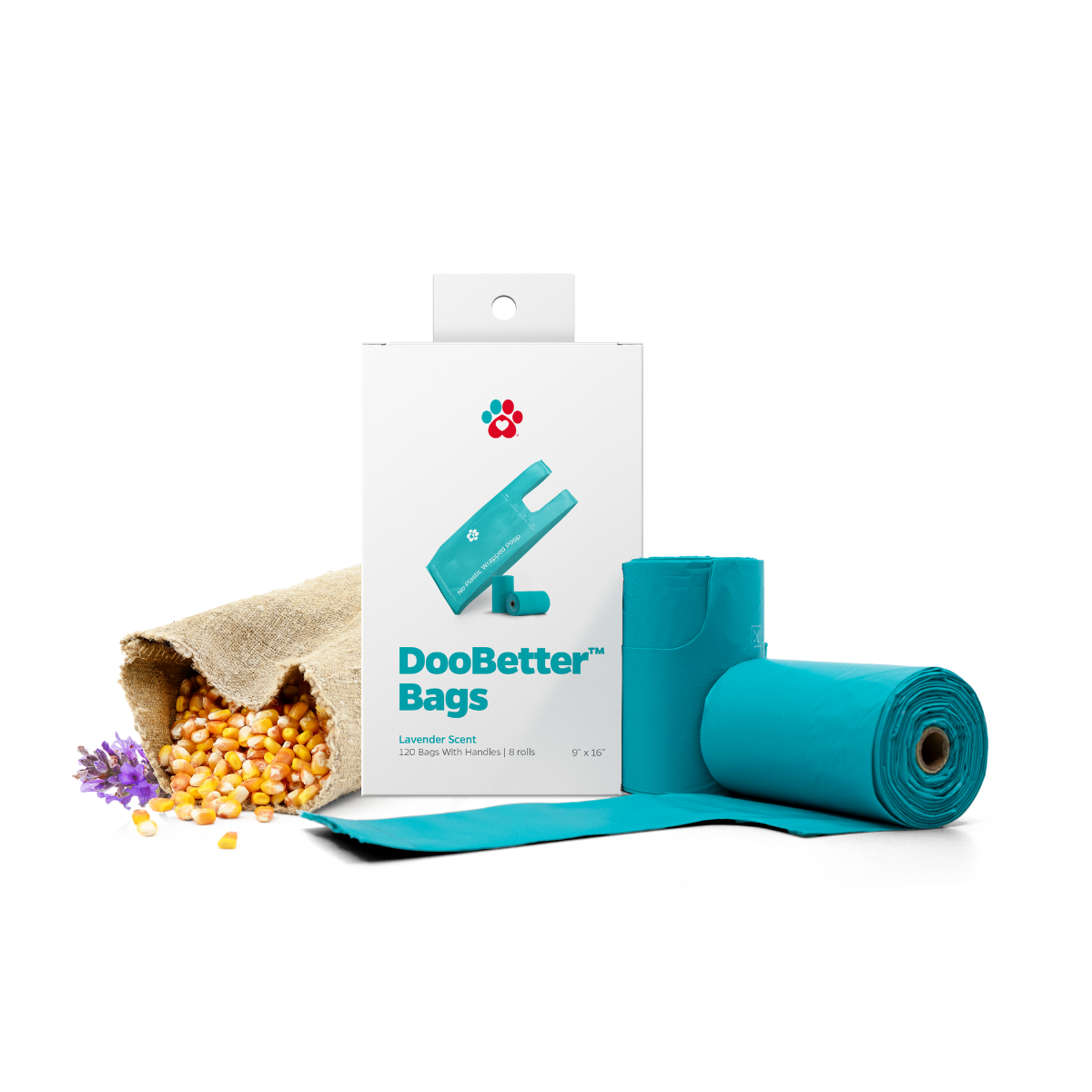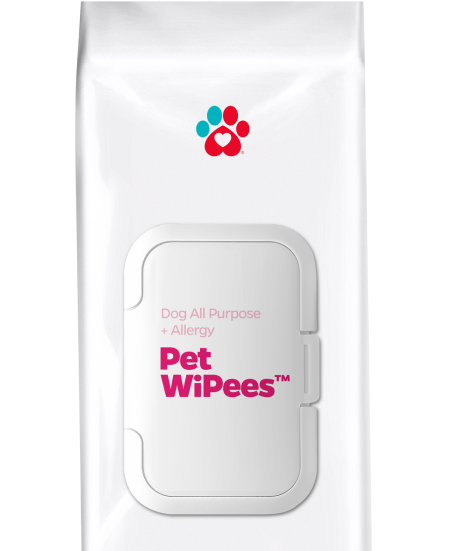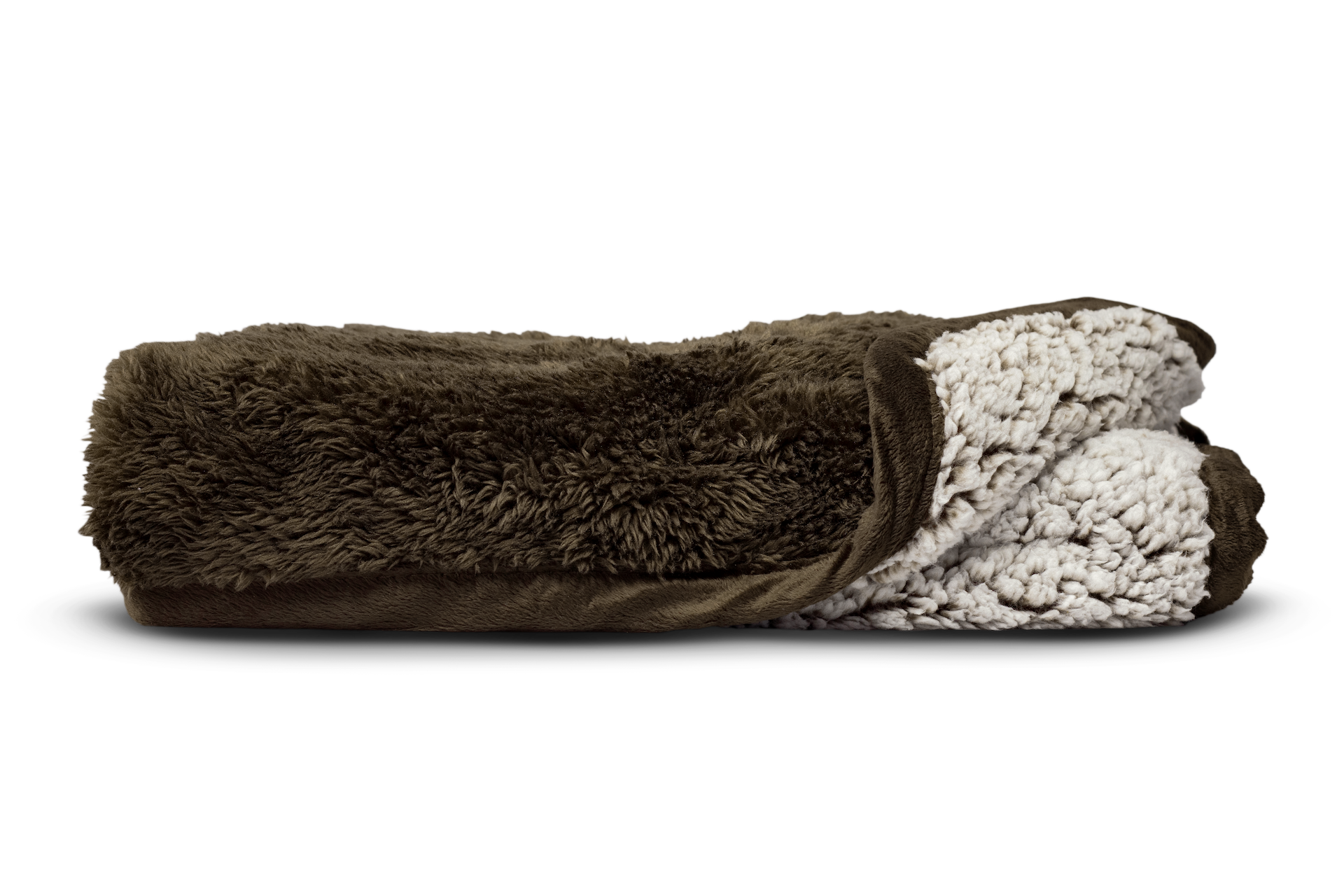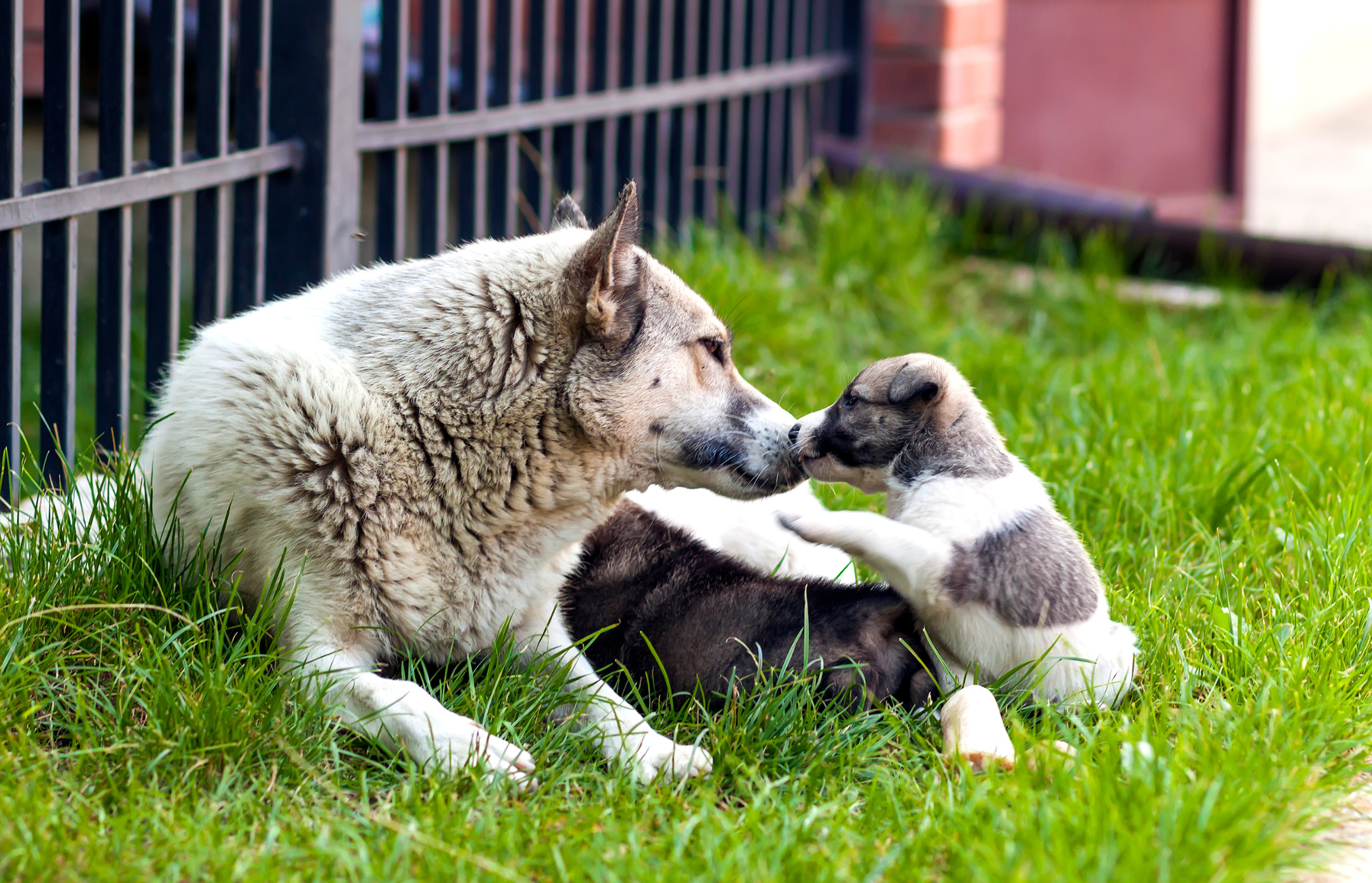After your dog's stud session and confirmation that she is pregnant, she will give birth within an average of 63 days. For most pet parents, dog labor and giving birth can be both a milestone and a big dilemma.
Even if this isn't the first time your dog goes into labor, every delivery is different from another so you'll never really know what will happen during this time. That's why it's best to be educated on how long it normally takes for a dog to give birth and take enough precautions in case of emergency.
In this article, we’ll talk about the different things to observe to know that your furbaby is already going into labor, the warning signs that something isn’t right, and efficient ways you can do to help your dog have a stress-free labor & delivery.
"If your dog is constantly straining and pushing for more than an hour and no puppy is ever delivered, it is time to contact your vet."
Signs of Dog Labor
There are a few signs a dog is going into labor soon. To determine whether your pregnant dog is already going into labor, watch out for the following signs of dog labor:
- a drop in body temperature (rectal temperature will drop below 100 F (37.8 C), usually an hour or two before whelping
- lying on one side
- yelping or crying, showing signs of pain
- labored breathing, panting
- vomiting
- loss of appetite
- watery vaginal discharge
- vaginal bleeding
- nesting
- begins to look for a safe place for whelping
How Long are Dogs in Labor?
How long is a dog in labor before pushing? Delivery varies and yes, it takes time. It varies from one dog to another and from one breed to another, too. Generally, slim-headed dogs, like Dobermans and Collies, complete delivery fast. While round-headed dogs, such as Bulldogs and Pekingese, experience more difficult deliveries.
According to Purina, in general, dog births are usually uncomplicated and don’t often involve complications. Although you should interfere as little as possible, it’s still important to be with your dog while in labor so that you can support her and step in if there are any problems. Labor normally lasts 3-12 hours, and happens in three stages.
Stage 1 of Dog Labor. On the first stage of labor, your dog's cervix will begin to dilate to prepare for giving birth. Your dog may noticeably pant, vomit, and lay on one side.
During this stage, the puppies will line up, preparing to come out. This stage usually goes on 12-24 hours. But even though your furbaby's uterus is beginning to contract, it wouldn’t be obvious from the outside so it will remain unnoticeable for you. Typically, she’ll be firmly settled in her nest, will no longer want to eat, and as your furbaby goes further into labor, there may be a watery vaginal discharge as her cervix slowly opens.
Stage 2 of Dog Labor. During the second stage, active straining happens and the first puppy will be delivered 2 hours or so after the first stage. There will be visible and strong contractions, and she may pant or yelp.
Sometime later in the second stage, a grayish-blue slimy looking sac will emerge from your furbaby's birth canal. This sac homes the puppy. The average time interval of delivering one pup after the other is 30 minutes to 1 hour. But this can actually vary but this shouldn’t last for more than 2 hours, and in most cases less than one.
The vaginal discharge in Stage 2 varies from clear, to red, to green – all are potentially normal!
Stage 3 of Dog Labor. The third stage of labor involves ensuring there are no puppies retained inside and all placentas have been delivered.
Most female dogs, most of the time, will deliver a puppy, then it’s placenta, then another puppy, then it’s placenta, and so on. However, it’s not rare to give birth 2 or 3 puppies, then 2 or 3 placentas, then another puppy etc. This is common.
But take note to never lose count of the number of pups and placentas– if you’ve got more puppies than placentas, it means one placenta is still left inside. If this placenta is not passed, it could initiate a life-threatening infection.
According to Pet Helpful, the puppies should be nursing after delivery. They need the colostrum from mother dog’s milk, which is rich of maternal immune system boosters that will aid them in the long run.
Signs to Look Out for an Emergency
If your dog is constantly straining and pushing for more than an hour and no puppy is ever delivered, it is time to contact your vet. Your dog may be having a hard time delivering her litter and your vet may suggest an emergency cesarean section.
Also, it’s better to look out for these signs of emergency during labor:
- your dog fails to go into labor 24 hours after her temperature drops
- no puppy has been delivered a few hours after your dog passes a green or brown discharge
- you see your dog is only having weak contractions and you know there are still more pups inside
- you see a part of the puppy at the vulva entrance and your dog is straining but puppy doesn't come out
- your dog has episodes of seizures
- your dog experiences fever, lethargy, and weakness
If you notice these signs in your dog, take her to the vet as soon as possible for appropriate treatment and management. Your dog's labor can become an emergency if something goes wrong, so be sure to have a vet contact ready when you notices signs a dog is going into labor.

How Can Pet Parents® Can Help?
During your dog's labor, she will be discharging watery to bloody discharge. This can wet and soil her whelping area. To keep her warm, dry, and comfortable while in labor, provide Pawtect® Pads that can act as whelping pads.
These Pawtect® Pads are made from a proprietary fabric blend that quickly absorbs and holds in more liquid per square inch compared to other pads in the market.
What’s makes these pads even better? These are washable! So, after your furbaby's gives birth, you can reuse these pads to help keep your female dog and her litter nice, warm, and away from being dirty & soiled.
"To keep her warm, dry, and comfortable while in labor, provide Pawtect® Pads that can act as whelping pads."
Your dog going through labor & delivery can be scary & satisfying at the same time. As a pet parent, it is your responsibility to prepare and be educated ahead of time on what may possibly happen. Being well-educated will help you and your dog avoid any complications.
